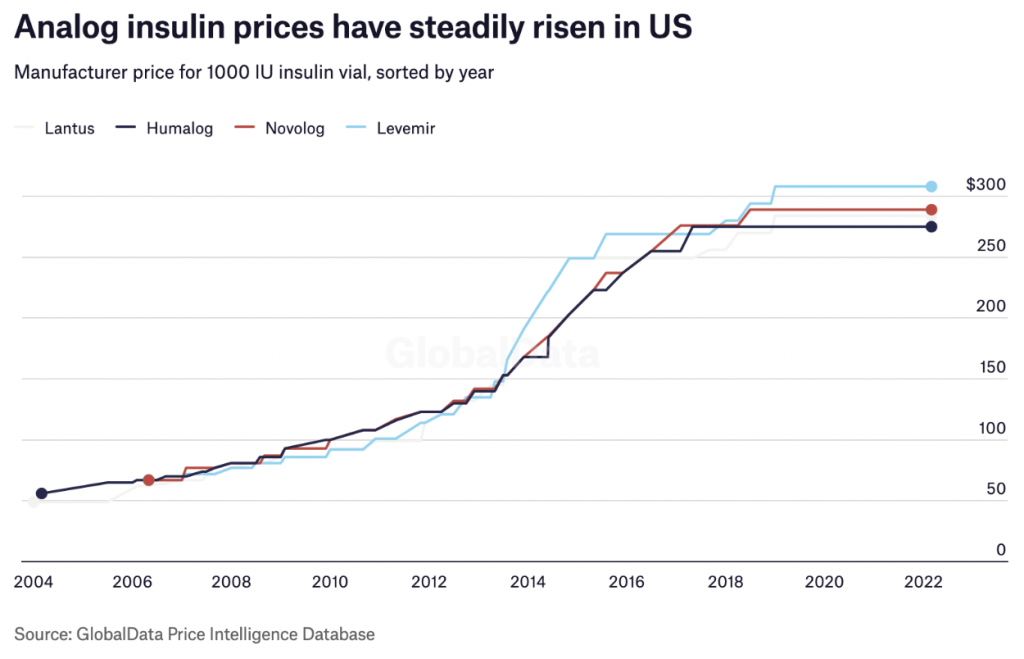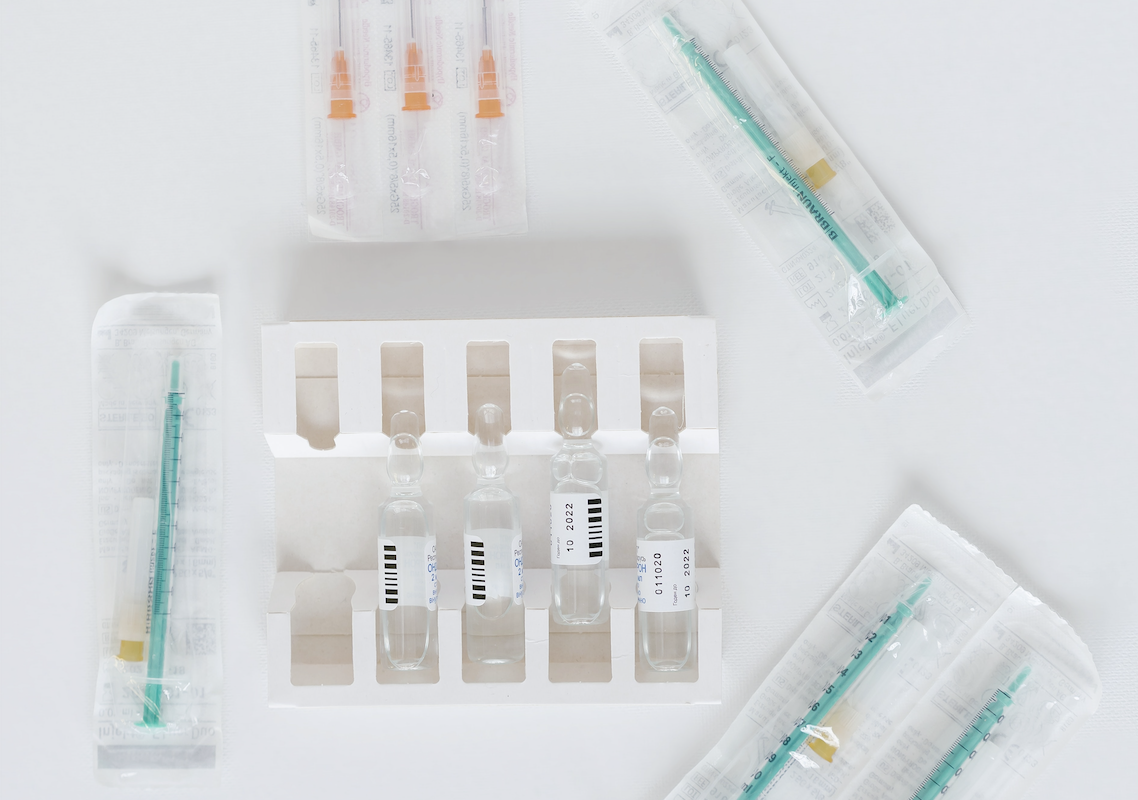Frederick Banting, the man who discovered insulin in 1923, refused to put his name on the drug’s patent due to his belief that a doctor profiting from a discovery that could save people’s lives was unethical. Thus, Banting and his two co-inventors sold the patent to The University of Toronto for only $1.
The price of insulin increased 11% annually from 2001 to 2018, but now in 2023, the Inflation Reduction Act has brought monthly insulin costs down to approximately $35 (for insurance to purchase). Before the lowering of insulin costs, millions of diabetic patients that relied on insulin were lowering or even skipping doses necessary to maintaining their quality of life. Many people still don’t have the means to receive the medication they require. Technically, a citizen or patient can’t go out and buy insulin for $35. A patient pays for medical insurance which then buys the insulin. Therefore purchasing insulin with no insurance can cost hundreds of dollars. Medical insurance in the US amounts to around $500 monthly (in 2020) according to Anna Poretta. Although insurance means that the price of insulin is less, the patient is still paying hundreds of dollars for medical insurance.
Additionally, due to the fact that there is very little variety in insulin manufacturers, these companies have gained almost total control of the market and have been historically raising their list prices. In 2020, the average price for an out-of-pocket insulin prescription was $54, which demonstrates an increase of almost 40% since 2007. Research from the congressional budget office shows that capping insulin prices will cost around 23 billion over the next decade. Thus, price capping proves a controversial topic for companies and patients.

The graph above refers to the price of one vial of insulin on average; one must bear in mind that although different types of insulin cost roughly the same amount, the graph depicts insulin “in general,” not account for specific insulin varieties (ie. short-acting, rapid-acting, long-acting). The price of insulin can be detrimental to people’s health, as many patients sometimes skip or completely miss doses due to their inability to afford the proper amount of the drug. When a diabetic patient skips a dose of insulin, their blood sugar rises and they become hyperglycemic, a condition which is followed by a series of other side effects such as blurred vision and excessive thirstiness. It is also common for a patient who regularly (or sometimes just intermittently) skips doses to develop serious conditions, such as DKA; this condition is characterized by one’s body producing an unsafe level of ketones. Such symptoms and illnesses due to insufficient insulin levels can worsen with time and develop into permanent or long-lasting issues and disorders.
The insulin price drops have been very beneficial, yet some people still don’t have access to the medication they need. Even though the insulin patent was originally sold for only $1 due to the inventors’ moral code, over the last 20 years insulin prices have increased by 600%, turning the necessary medication into an economic asset. The hope of patients is that insulin prices will be capped in the future; however, seeing that this price reduction would cost companies billions of dollars, the chances of price capping in the near future are slim, unless the government takes action now. Initiatives including the Insulin Inflation Reduction Act prove crucial to increasing insulin’s accessibility to all, and must be furthered to allow accessibility to insulin to everyone in need.
Bibliography:
Belluz, Julia. “The absurdly high cost of insulin, explained.” Vox, 7 November 2019, https://www.vox.com/2019/4/3/18293950/why-is-insulin-so-expensive. Accessed 12 February 2023.
““If I’m Out of Insulin, I’m Going to Die.”” Human Rights Watch, 12 April 2022, https://www.hrw.org/report/2022/04/12/if-im-out-insulin-im-going-die/united-states-lack-regulation-fuels-crisis. Accessed 12 February 2023.
Milligan, Susan. “EXPLAINER: Why Is Insulin So Expensive and Difficult to Cap?” USNews.com, 5 August 2022, https://www.usnews.com/news/business/articles/2022-08-05/explainer-why-is-insulin-so-expensive-and-difficult-to-cap. Accessed 12 February 2023.
Porretta, Anna. “How Much Does Individual Health Insurance Cost?” eHealth, 1 October 2022, https://www.ehealthinsurance.com/resources/individual-and-family/how-much-does-individual-health-insurance-cost. Accessed 12 February 2023.


Luckily, in Spain, our social security covers the costs for patients, and, even if you have a private insurance, the price is not so high.